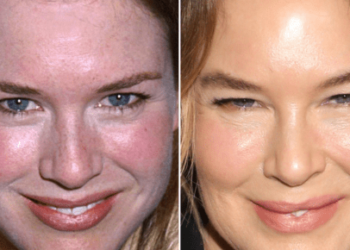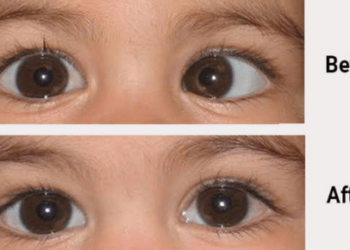Dental crowns are a common restorative treatment used to repair and strengthen damaged or decayed teeth. A crown is a cap that covers the entire tooth, restoring its shape, size, and function. In this article, Glen Carbon, IL dentist will explore the different types of dental crowns, their benefits, and the procedure for getting a crown.
What are the types of dental crowns?
There are several types of dental crowns, each with its own unique characteristics, advantages, and indications. Here are some of the most common types of dental crowns:
- Porcelain-fused-to-metal (PFM) crowns: A combination of porcelain and metal, offering strength and aesthetics.
- Full porcelain crowns: Made entirely of porcelain, providing a natural appearance and suitable for front teeth.
- Gold crowns: Made from gold alloy, offering durability and strength, often used for back teeth.
- Zirconia crowns: Made from zirconia ceramic, providing strength and aesthetics, suitable for both front and back teeth.
- CAD/CAM crowns: Designed and fabricated using computer-aided technology, offering precise fit and aesthetics.
- Ceramic crowns: Made from ceramic materials, providing aesthetics and are suitable for front teeth.
- Resin crowns: Made from resin material, providing a temporary solution for damaged teeth.
- Stainless steel crowns: Made from stainless steel, often used for children’s teeth or temporary crowns.
- Implant crowns: Designed to fit over dental implants, providing a natural appearance and function.
When are dental crowns recommended?
Dental crowns have a variety of uses, including:
- Restoring damaged teeth: Crowns can repair teeth that are broken, cracked, or worn down.
- Improving aesthetics: Crowns can enhance the appearance of discolored, misshapen, or uneven teeth.
- Protecting weak teeth: Crowns can strengthen teeth that are vulnerable to decay or fracture.
- Supporting teeth with large fillings: Crowns can cover teeth with extensive fillings, preventing further damage.
- Anchoring dental bridges: Crowns can serve as abutments for dental bridges, replacing missing teeth.
- Covering dental implants: Crowns can be placed over implants, restoring natural function and appearance.
- Holding together teeth with cracks: Crowns can bind teeth with cracks or fractures, preventing further damage.
- Improving oral function: Crowns can restore proper chewing and speaking abilities.
- Boosting confidence: Crowns can enhance the appearance of teeth, boosting self-esteem and confidence.
- Preventing further damage: Crowns can protect teeth from further decay, damage, or wear.
What benefits do dental crowns offer?
Here is a comprehensive list of the benefits of dental crowns:
- Restores tooth function: Crowns enable normal chewing and biting.
- Improves aesthetics: Crowns enhance the appearance of damaged teeth.
- Strengthens teeth: Crowns provide additional support and protection.
- Long-lasting: Crowns can last up to 15 years or more with proper care.
- Boosts confidence: Crowns can improve self-esteem and confidence.
What does the procedure for getting a crown involve?
The step-by-step guide to getting a dental crown involves the following:
The procedure for dental crowns typically involves the following steps:
- Consultation: Discuss your needs and options with a dentist.
- Preparation: The tooth is prepared by removing the decay, shaping it, and making room for the crown.
- Impressions: Impressions are taken to create a model of your teeth.
- Fabrication: The crown is fabricated in a dental laboratory.
- Cementation: The crown is cemented onto the prepared tooth.
- Adjustments: The crown is adjusted for fit, bite, and aesthetics.
- Final cementation: The crown is permanently cemented in place.
- Follow-up: Follow-up appointments may be necessary to check the crown’s fit and function.
Wrapping up
Dental crowns are a versatile and effective solution for restoring damaged teeth. With various types to choose from, patients can select the best option for their needs. By understanding the benefits and procedure, patients can make informed decisions about their oral health. With proper care, dental crowns can provide long-lasting results, enhancing both function and aesthetics.











